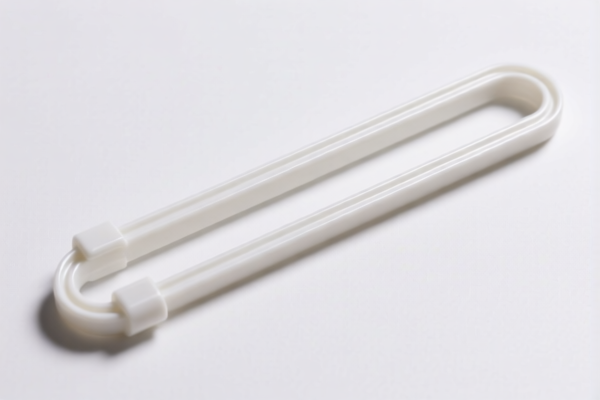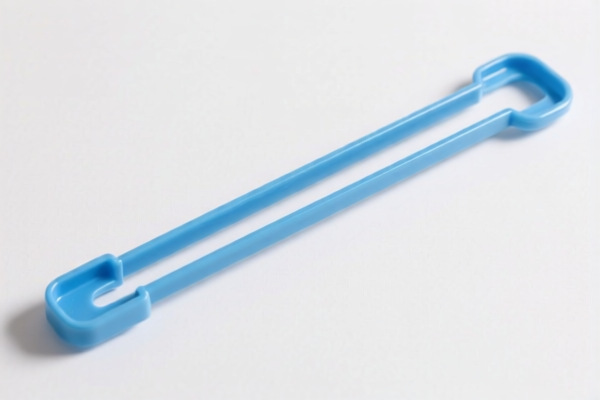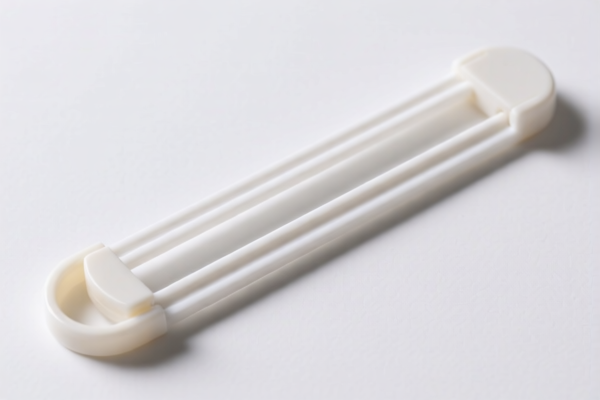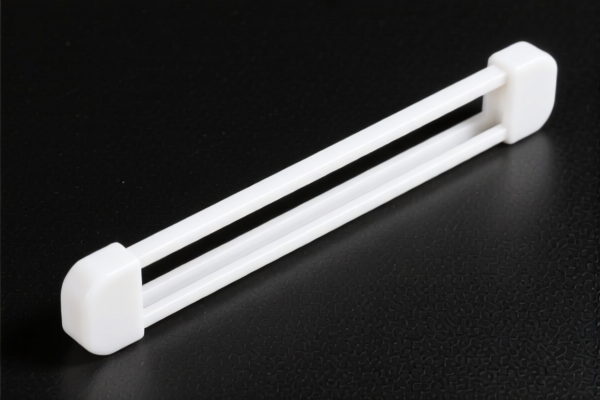| HS Code | Official Doc | Tariff Rate | Origin | Destination | Effective Date |
|---|---|---|---|---|---|
| 7312100500 | Doc | 80.0% | CN | US | 2025-05-12 |
| 7312102000 | Doc | 80.0% | CN | US | 2025-05-12 |
| 7315895000 | Doc | 83.9% | CN | US | 2025-05-12 |
| 7315900000 | Doc | 82.9% | CN | US | 2025-05-12 |




Pull Band
A pull band, also known as a resistance band, is a flexible loop of material used for resistance training. They are a versatile and portable fitness tool offering a wide range of exercise applications.
Material
Pull bands are commonly constructed from:
- Latex: Provides strong resistance and good elasticity. Often preferred for higher resistance levels. Can cause allergic reactions in individuals with latex sensitivities.
- Thermoplastic Elastomer (TPE): A synthetic rubber alternative that is latex-free, durable, and offers similar resistance properties.
- Fabric: Typically a blend of polyester and spandex, often with an internal latex core. Offers a more comfortable experience and reduced risk of rolling or snapping.
Purpose
The primary purpose of pull bands is to provide variable resistance for strength training, rehabilitation, and mobility exercises. They are used to:
- Strengthen Muscles: By working against the band’s resistance, muscles are challenged throughout their range of motion.
- Improve Flexibility & Mobility: Bands can assist in stretching and dynamic movements, increasing joint range of motion.
- Rehabilitation: Used in physical therapy to aid recovery from injuries by providing gentle resistance for muscle strengthening and range of motion exercises.
- Warm-up & Activation: Bands can activate specific muscle groups before more intense exercise.
- Plyometrics: Added resistance for jump training.
Function
Pull bands function by utilizing elastic resistance. The resistance increases as the band is stretched, providing a challenging workout throughout the entire exercise movement. This contrasts with free weights, where resistance remains constant.
Usage Scenarios
Pull bands are suitable for a variety of settings and users:
- Home Workouts: Their portability makes them ideal for exercising at home or while traveling.
- Gyms: Often used as supplementary tools for strength training or warm-up routines.
- Physical Therapy Clinics: A key component of rehabilitation programs.
- Sports Training: Used for sport-specific exercises to improve strength, power, and agility.
- Yoga & Pilates: Assist in poses or increase challenge.
Common Types
Pull bands are categorized by their resistance level, typically indicated by color:
- Extra Light (Yellow): Lightest resistance, suitable for beginners, rehabilitation, or warm-up exercises.
- Light (Green): Slightly more resistance, good for beginners and light strengthening.
- Medium (Blue): Moderate resistance, suitable for intermediate users.
- Heavy (Red): Higher resistance, for more advanced users.
- Extra Heavy (Black): Highest resistance, for experienced users or specific muscle groups.
- Loop Bands: Continuous loop, often used for lower body exercises.
- Mini Bands: Smaller loops, typically used around ankles or wrists.
- Figure 8 Bands: Shaped like a figure eight, used for a variety of upper body exercises.
- Resistance Bands with Handles: Feature handles for a more comfortable grip and versatile exercise options.
Based on the provided information, “pull band” can be classified under the following HS codes:
- 7312100500: This HS code covers stranded wire, ropes, cables, plaited bands, slings and the like, of iron or steel, not electrically insulated; specifically, stranded wire, ropes and cables; stranded wire; of stainless steel; fitted with fittings or made up into articles. This is applicable if the pull band is constructed from stainless steel and may include fittings. The total tax rate is 80.0%, comprising a 0.0% base tariff and a 25.0% additional tariff, increasing to 30% after April 2, 2025, plus a 25% additional tariff on steel and aluminum products.
- 7312102000: This HS code also covers stranded wire, ropes, cables, plaited bands, slings and the like, of iron or steel, not electrically insulated; specifically, stranded wire, ropes and cables; stranded wire; other; fitted with fittings or made up into articles. This applies if the pull band is constructed from iron or steel other than stainless steel and may include fittings. The total tax rate is 80.0%, comprising a 0.0% base tariff and a 25.0% additional tariff, increasing to 30% after April 2, 2025, plus a 25% additional tariff on steel and aluminum products.
Note: Both HS codes 7312100500 and 7312102000 have a total tax rate of 80.0% due to the combination of base and additional tariffs, with potential changes after April 2, 2025, and an additional tariff applicable to steel and aluminum products.
Customer Reviews
No reviews yet.